De nombreuses personnes se posent des questions sur la Cycle de travail S2 dans les actionneurs ou les vannes électriques. Que signifie ce terme et pourquoi est-il défini de cette manière ?
1. Origine des cycles de service S1, S2, S3 et S6
Le Cycles de travail S1, S2, S3 et S6 proviennent des classifications des moteurs électriques, avec un accent particulier sur l'équilibre thermique. L'objectif est de s'assurer que le moteur ne surchauffe due à un fonctionnement continu.
Définitions des cycles d'utilisation des moteurs courants :
S1 (cycle de service continu) : Fonctionne à charge constante pendant une période suffisamment longue pour atteindre l'équilibre thermique.
S2 (cycle d'utilisation à court terme) : Fonctionne sous une charge constante pendant une durée déterminée, mais pas assez longtemps pour atteindre l'équilibre thermiquepuis s'arrête pour se refroidir avant l'opération suivante.
S3 (cycle de service périodique intermittent) : Fonctionne en cycles répétitifs de "fonctionnement sous charge" et "d'arrêt" sans impact des courants de démarrage sur l'élévation de la température.
S6 (cycle de service périodique continu) : Alternance entre fonctionnement en charge et fonctionnement à vide en cycles répétitifs, mais sans s'arrêter complètement.
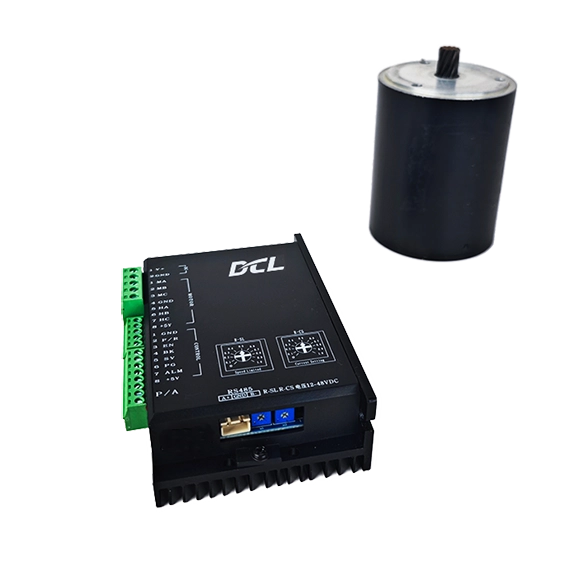
2. Cycle de service S2 dans les actionneurs (vannes électriques)
Depuis les actionneurs (vannes électriques) utilisent des moteurs électriques comme mécanisme d'entraînementLa définition du cycle de travail est essentielle pour éviter la surchauffe.
Selon le JB/T 8219-2016 (norme industrielle chinoise pour les actionneurs électriques dans les systèmes de contrôle des processus), l'augmentation de la température de l'actionneur ne doit pas dépasser 60°C.
S2 Notation du rapport cyclique dans les actionneurs
S2-75% : Spécifie le taux d'utilisation (le pourcentage de temps pendant lequel le moteur de l'actionneur est sous tension lors du fonctionnement de la vanne).
S2-30min : Spécifie le durée maximale de fonctionnement continu avant que l'actionneur ne soit mis hors tension pour refroidir.
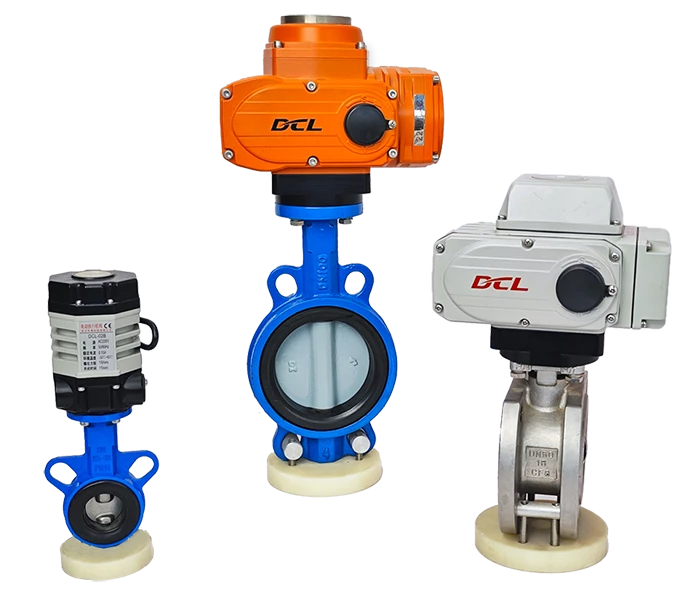
3. Considérations pratiques pour l'utilisation d'actionneurs de service S2
✔ La température affecte la durée du S2
Si la température de fonctionnement réelle est inférieure à la température nominale, le La durée du cycle de travail S2 peut être prolongée.
Si la température de fonctionnement réelle est supérieure à la température nominale, le La durée du S2 doit être réduite pour éviter la surchauffe.
✔ La charge affecte la durée du S2
Si l'actionneur est fonctionner avec une charge plus faible que sa capacité nominale, la durée du cycle de travail peut être prolongée.
Si l'actionneur est sous une charge plus élevée, le Le temps de fonctionnement du S2 devrait être réduit pour éviter un échauffement excessif.
Conclusion
Le Cycle de travail S2 dans les actionneurs définit la durée de fonctionnement sûre avant qu'un refroidissement ne soit nécessaire pour éviter toute surchauffe. Lors de la sélection d'un actionneur, il convient de prendre en compte les éléments suivants
Combien de temps doit-il fonctionner en continu ?
La température ambiante
Les exigences de charge de la soupape
La compréhension de ces facteurs garantit une durée de vie plus longue et des performances fiables d'actionneurs électriques.

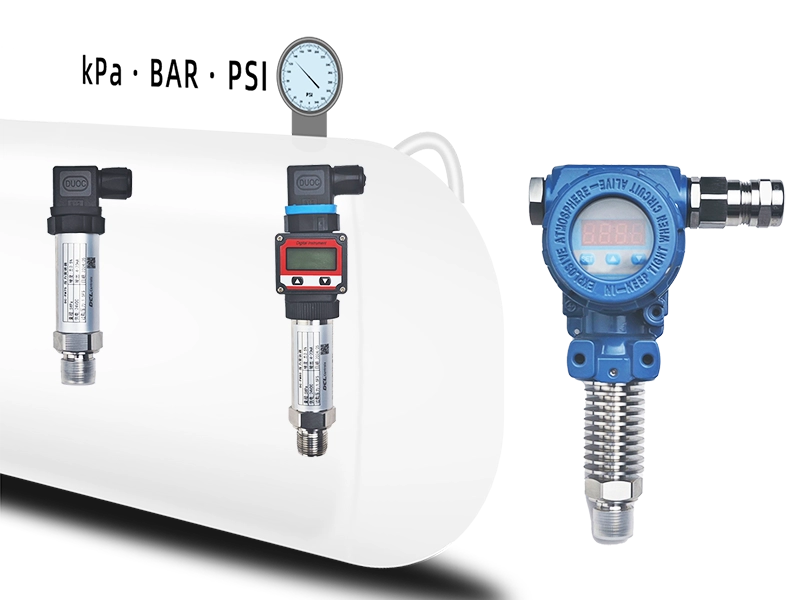
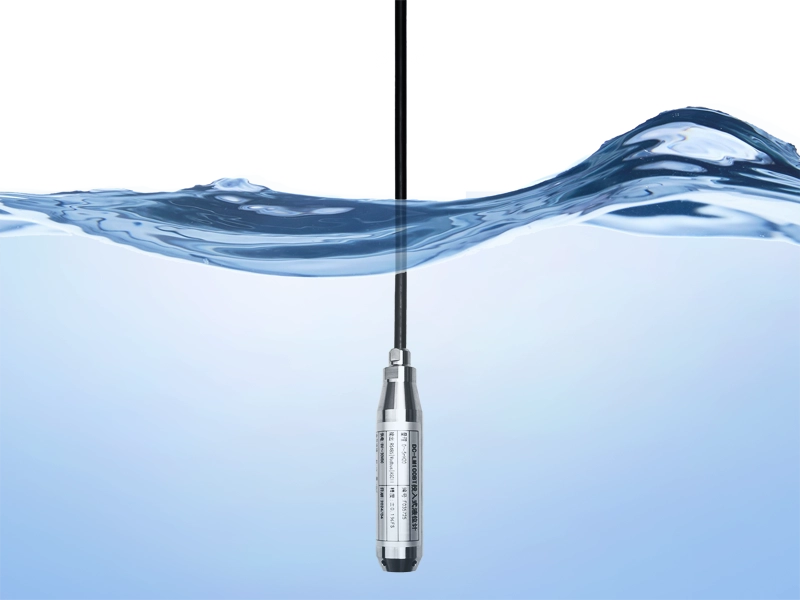





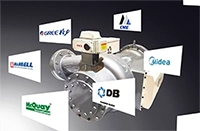


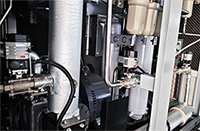



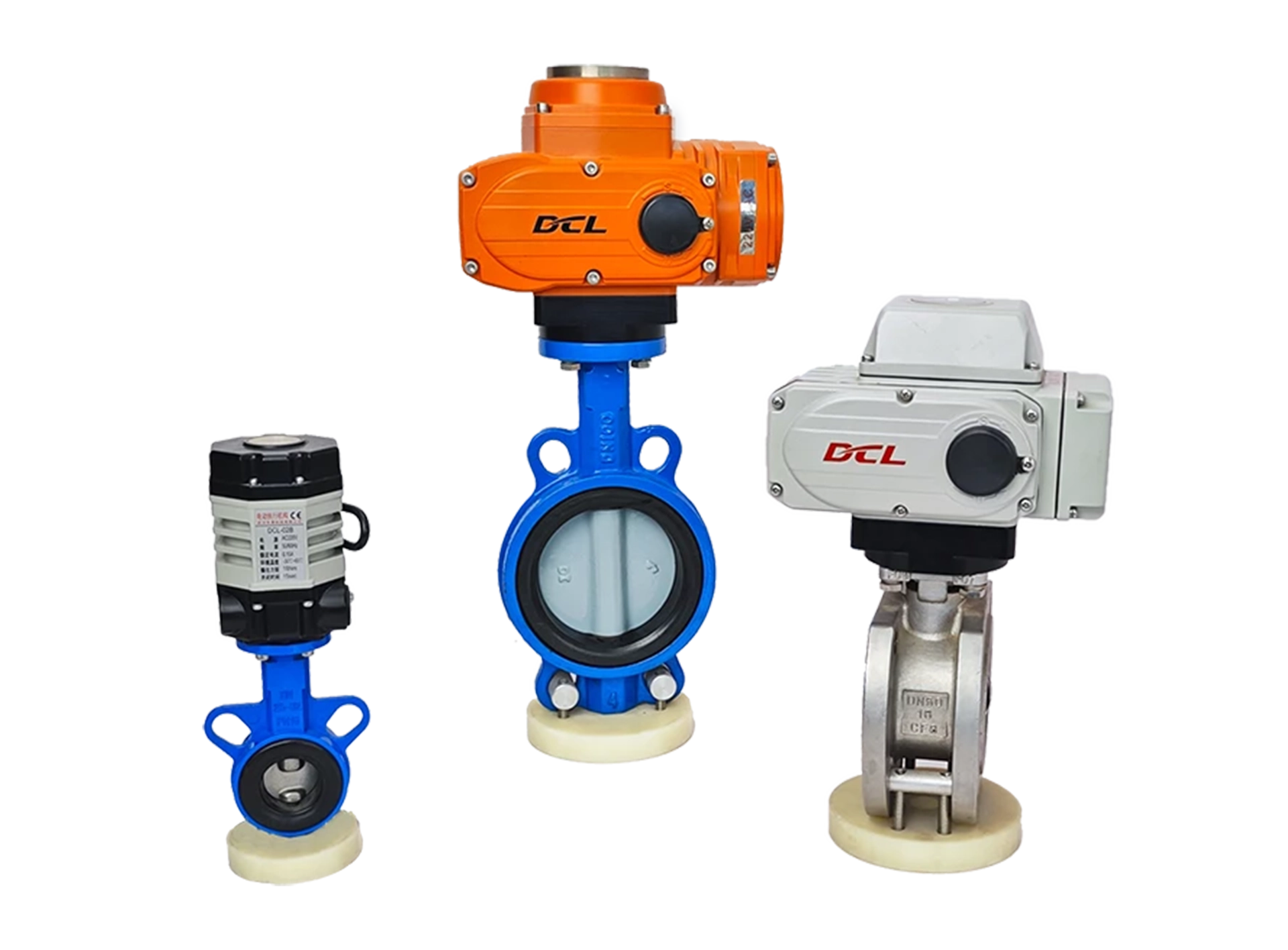












 鄂公网安备 42018502006527号
鄂公网安备 42018502006527号